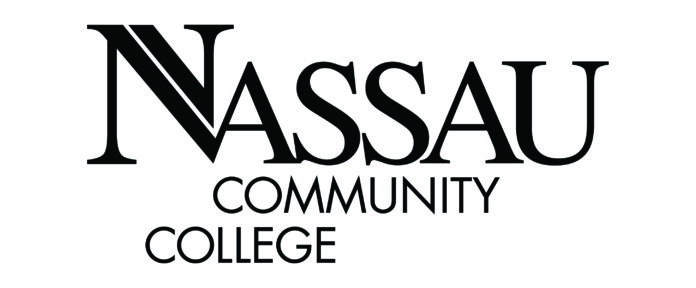![]()

My parents weren’t sending me to Princeton.
Not that it mattered because I never had the grades to get into Princeton anyway. But I planned to go to college after graduating from Alfred G. Berner High School in 1975. Having taken a journalism class in my senior year, it hooked me. It was what I was meant to do. Many schools had journalism as a major, but my parents didn’t have the money to send me to any of those schools.
No, I was going to join the ever-growing legion of Long Islanders heading to Nassau Community College for their first two years. Although the tuition was affordable compared to places like CW Post and Adelphi, it was still out of my parent’s ability to pay. After all, they provided me with continued room and board after high school for as long as I needed.
Like most Long Island teenagers, I had a job at the brand, spanking new Sunrise Mall and I only got 20 hours a week. That barely covered my weekend (and occasional weekday) partying.
I scraped together the tuition money for the first semester by cashing in a few savings bonds and whatever I had in my bank account. However, the well ran dry reasonably quickly when I had to show up at the bursar’s office with the tuition for the spring semester in January of 1976.
Now what?
So, I did what many other Long Island teenagers whose parents weren’t footing their college tuition bill did. I applied for and received a student loan.
It was my only choice at the time. Every semester after that, I pieced together whatever cash I could and kept adding to the student loan. After two years at Nassau Community, I chose to finish my communications degree at the New York Institute of Technology, the only reasonably priced four-year institution within the shores of Long Island.
Based on the information I read before signing those loan papers, I understood that the borrowed money would require a monthly repayment starting six months after graduation. Sometime in June of 1980, I received a package in the mail that included five payment booklets, each containing 24 pages of coupons (one coupon each for two consecutive years) that could be torn out and returned inside an envelope (which I had to provide), along with a check for $43.15. I remember carefully tearing out those coupons and writing the date and check number on the stub that remained stapled into the book. Every time I completed one of those pre-printed booklets, I felt a feeling of accomplishment. I held onto the stubs for fear of someday being thrown in jail if I ever was accused of missing a payment and needed the proof.
I honestly don’t remember how much I ended up borrowing or the interest, but I remember having to write out a check every month for the next 10 years for $43.15. When I got married in 1984, I took over writing the checks for my wife’s loan (she went to Farmingdale and then CW Post) and performed the same ritual for her coupons. Only her payments were for $50.67.
When I detached that last coupon sometime in 1990 and wrote out that final payment of $43.15, I felt a sense of accomplishment I had never experienced before; although now married and having 28 more years to go on a 30-year mortgage, this was different. This was mine. I borrowed the money and was about to pay it all back. I still have the letter from Wachovia confirming that my loan had been repaid. Same for my wife, whose last payment of $50.67 came a few years later.
I may not remember what I had for breakfast yesterday, but I remember writing out 120 checks for $43.15. And the satisfaction that came with licking that last stamp.